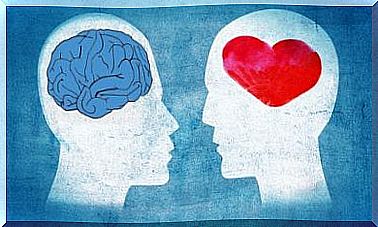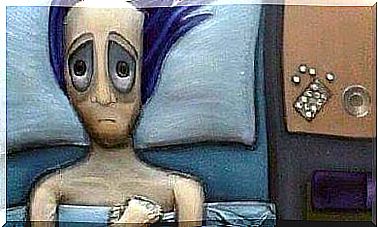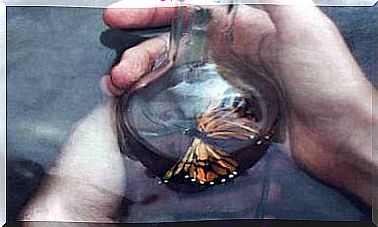Classification System Of Psychiatry: The Fascinating History Of The DSM
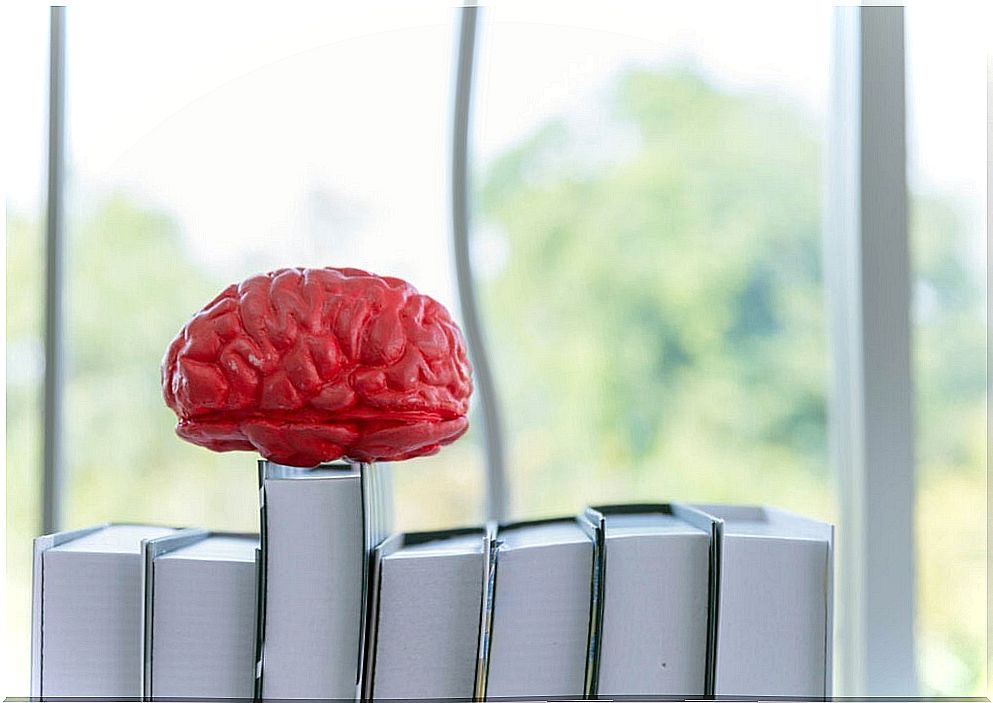
The Diagnostic and Statistical Manual of Mental Disorders (Diagnostic and Statistical Guide to Mental Disorders) or DSM for short is an instrument and classification system in psychiatry. It was created by experts to define impairments to the human mind and make them accessible for diagnostic and statistical purposes. While this diagnostic guide is considered one of the most important tools in many countries, it has been a source of controversy throughout its history.
One of the first points of criticism of this “Bible of Psychiatry” is that the guide, despite its name, does not contain any statistics. The history and the method used to classify mental disorders are also partly polemical.
The disorders described in this manual often result in stigmatization of those affected. The treatment recommendations are almost exclusively pharmacological, which has also met with criticism. Today we take a closer look at the history of the DSM. Read on if you’re interested.
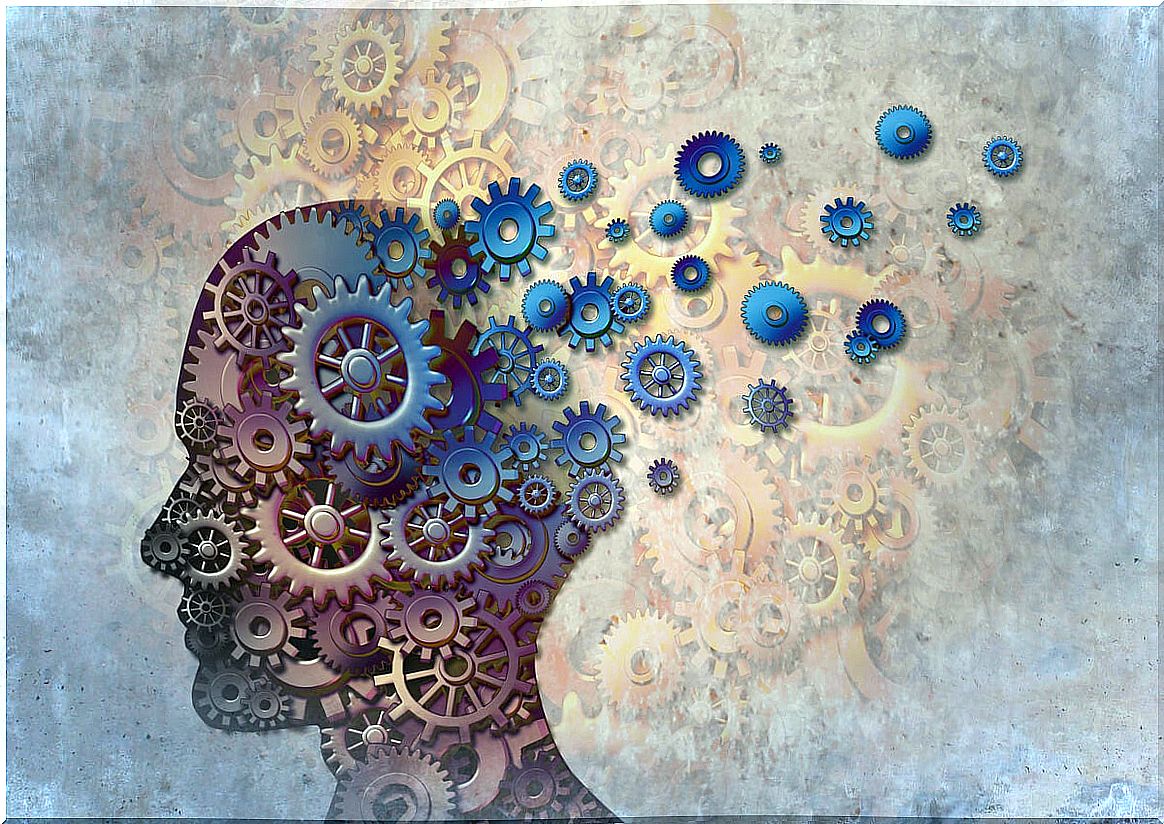
The history of the DSM: the origins
A handbook on mental disorders was first produced in the United States in 1917. It was designed by the American Medical-Psychological Association , an organization that later became the American Psychiatric Association (APA). However , the first version of the DSM did not appear until 1952.
So this guide was written after World War II, at a time when there was enormous interest in a peaceful society. Many military psychologists were also involved in the preparation of the manual. The chosen way of categorizing mental disorders was questionable from the start.
Criticism was particularly heard from psychology and psychoanalysis, both of which prefer a holistic view. Initially, only a few diseases were classified. The questions raised eventually led to a second version that included 36 pathologies.
The paradigm shift
There was a turning point in the history of the DSM when David Rosenhan performed the famous Rosenhan experiment. In doing so, he proved that the diagnostic criteria were extremely imprecise and risky. Psychiatry was thus called into question. In light of this, the psychiatrist Robert Spitzer launched an offensive, the result being the widely recognized DSM III.
The idea was to create an absolutely objective manual. Up to this point, the possible causes of the disorders and some advice on treatment had been included, but the third version did not do this. It only comprised a list of disorders with their respective symptoms.
A group of American psychiatrists was supposed to do this work. A “democratic” method was chosen to define the characteristics: the majority decided whether or not a disturbance should be included in the manual. This group also included psychiatrists from the school of organism.
The manual should be universally applicable, cross-cultural and easy for everyone to use. In the end, they had a list of 265 clinical disorders. Only the “atypical child syndrome” received no entry, because the definition was: “Child with indefinable, atypical symptoms”.

The DSM today
In 1994 experts began drafting the fourth version of the manual. As always, the aim was to give the concepts more precision and specificity. Using technical and less ambiguous language, they added 404 clinical diseases to the list.
The fifth version, released in 2013, was the most controversial in the history of the DSM. She received a lot of criticism at all levels. The 10 years of work had cost a lot, but it was disappointing, as the authors themselves admitted.
This version contains very questionable clinical pictures like the “psychosis risk syndrome”, something like certain signs that someone may become psychotic in the future. Experts estimate that this can lead to false positives of up to 75%.
The World Health Organization does not recommend the DSM, but the ICD-10 (International Classification of Diseases), which, however, is also controversial. The United States’ National Institute of Mental Health (NIH) has decided to abandon this classification. The final chapter in DSM history could have started with this.
